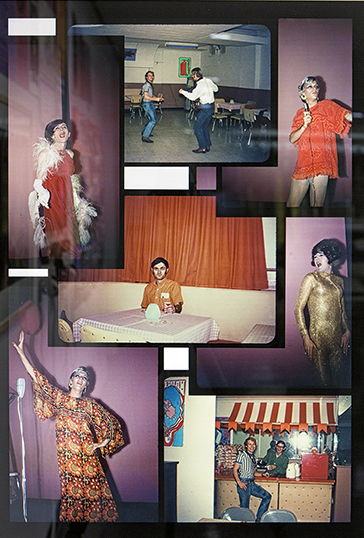Even though the Edmonton Pride Festival wrapped up last month, a local initiative is looking to keep the momentum going by exploring the history of the city’s queer community.
Started in January 2014, the Edmonton Queer History Project aims to collect documentation of Edmonton’s LGBTQ community throughout the years.
“Unfortunately, there had been very little done in the past in terms of data collection and historical recognition of what was a very marginalized, persecuted, and then widely recognized community in our society,” says project co-ordinator Michael Janz.
“What this exhibition has done, it has allowed many of these individuals to tell their stories, ranging from the seemingly small, such as being denied an apartment because of their sexual orientation, to the larger threats of physical violence and sometimes actual physical violence.”
Members of the queer community initiated the project by collaborating with the Edmonton Pride Festival Society, the University of Alberta, the Edmonton Heritage Council and the Edmonton Community Foundation.
Documentation such as stories, photos, videos, and artefacts provided by the community were showcased in the community space at the Art Gallery of Alberta from June 5 to 21.
That exhibit painted the picture of Edmonton’s queer history by illustrating key historical figures like the first openly gay city councillor, Michael Phair, and political achievements like the Delwin Vriend victory – when the Supreme Court included sexual orientation as a protected human right.
The long-term goal of the project, however, is preservation.
“We are hoping everything we collect, all the stories we collect, we’ll be able to curate and provide to the archives,” says Janz, “so that future generations, future scholars and future citizens will be able to view them and reference them.”
The collection of documents was handed over to the City of Edmonton after the exhibition.
Cities such as Calgary, Toronto, and Winnipeg are working towards researching about their own queer history.
“In some ways, we’re telling Edmonton’s story, but really we’re telling Alberta’s story, too,” Janz says.
